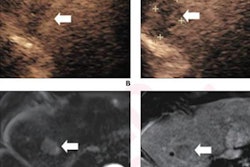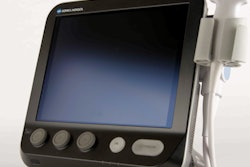Tuesday, November 29 | 3:00 p.m.-4:00 p.m. | T7-SSBR07-5 | E450B
In this presentation, research will show how using ultrasound first to assess noncalcified lesions recalled by digital breast tomosynthesis (DBT) is cost-effective and can improve patient quality of life.Dr. Berat Bersu Ozcan from the University of Texas Southwestern Medical Center in Dallas will discuss her team's findings, which compared the economic feasibility of using ultrasound versus digital mammography in this setting. Specifically, the team looked at overall cost and the impact of each outcome in quality-adjusted life years (QALY). They calculated cost-effectiveness by incremental cost-effectiveness ratios (ICER) and net monetary benefit (NMB) calculations.
The researchers found that using ultrasound first gave a total cost of $462 and 0.986 QALYs compared with $446 and 0.983 QALYs for digital mammography first. They also found that NMB was $98,130 for ultrasound first, compared with $97,857 for using digital mammography first. Additionally, an ICER of $5,546.65/QALY gained was found for using ultrasound first over mammography, lower than the willingness-to-pay threshold of $100,000 per QALY.
"Ultrasound first was the better strategy in 70% of the iterations according to the probabilistic sensitivity analysis," the study authors wrote.
Based on their results, the researchers suggested that ultrasound is more economically feasible than using mammography first when analyzing DBT-recalled noncalcified lesions. Find out more in this session.




















